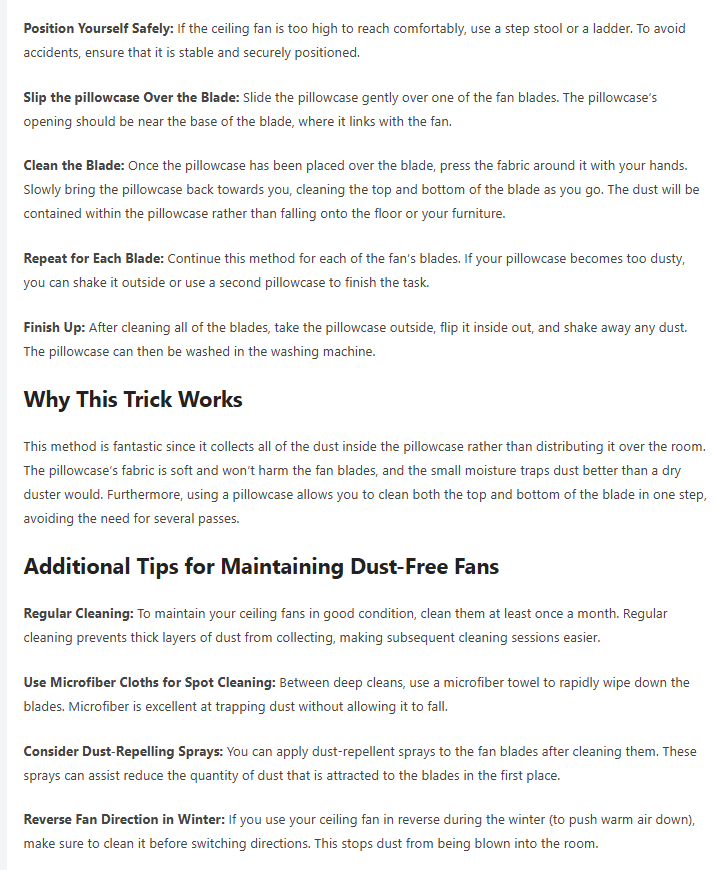In the fast-paced world we live in today, it’s easy to overlook something as fundamental as breathing. Yet, proper breathing is one of the most powerful tools we have to influence our physical health, emotional balance, and mental clarity. At the center of it all lies the nervous system — the master controller of the body — and how we breathe plays a pivotal role in its regulation.
This article explores how conscious, mindful breathing impacts the nervous system and energy levels, drawing from modern science and ancient wisdom alike. Whether you’re seeking stress relief, better focus, or simply more energy throughout the day, understanding your breath might be the key.




The Connection Between Breath and the Nervous System
To understand how breathing affects the nervous system, it’s essential to first understand what the nervous system actually does.
The human nervous system is divided into two main parts:
- Central Nervous System (CNS) – Made up of the brain and spinal cord.
- Peripheral Nervous System (PNS) – Which includes the Autonomic Nervous System (ANS).
The ANS governs involuntary body functions such as heart rate, digestion, and respiration. It has two main branches:
- Sympathetic Nervous System (SNS): Often called the “fight or flight” system, it activates during stress or danger.
- Parasympathetic Nervous System (PNS): Known as the “rest and digest” system, it promotes relaxation and recovery.
Breathing is unique because it is both automatic and controllable. This gives us a rare gateway to influence the autonomic nervous system consciously.
How Proper Breathing Activates the Parasympathetic Nervous System
One of the most profound benefits of proper breathing is its ability to shift the body from a sympathetic (stressed) state to a parasympathetic (calm) state.
When we breathe deeply, especially through the diaphragm (a method known as diaphragmatic breathing), we stimulate the vagus nerve. This nerve is a critical component of the parasympathetic nervous system and acts as a communicator between the brain and several major organs.
Activating the vagus nerve through slow, deep breathing sends signals to the brain that the body is safe. This results in:
- Slower heart rate
- Lower blood pressure
- Relaxed muscles
- Reduced production of stress hormones like cortisol
Over time, practicing this type of breathing can rewire the brain’s response to stress, making calmness the default rather than the exception.
How Breathing Affects Energy Levels
If you’ve ever felt mentally foggy or physically drained despite getting enough sleep, your breathing patterns might be part of the problem.
Improper breathing — like shallow chest breathing, mouth breathing, or holding the breath — restricts the oxygen supply to your cells. Oxygen is essential for producing adenosine triphosphate (ATP), the energy currency of the body. When oxygen levels are low, energy production drops, leading to fatigue and low stamina.
On the other hand, proper breathing enhances oxygen intake, improves circulation, and supports efficient cellular respiration. Here’s how it boosts energy:
1. Increased Oxygen to the Brain
The brain uses about 20% of the body’s oxygen supply. When breathing is shallow, the brain receives less oxygen, resulting in brain fog, lack of focus, and fatigue. Deep breathing ensures that the brain is well-oxygenated, promoting mental clarity and alertness.
2. Better Blood Flow
Correct breathing improves blood flow by maintaining optimal levels of carbon dioxide in the blood. This balance helps blood vessels remain dilated, allowing nutrients and oxygen to reach muscles and organs more efficiently — crucial for sustained physical energy.
3. Improved Mitochondrial Function
Your mitochondria are tiny powerhouses within cells that convert oxygen and nutrients into energy. Proper breathing improves the oxygen delivery system, directly supporting mitochondrial health and energy production.
Breathing Techniques That Regulate the Nervous System and Energy
There are many breathing methods, but a few have been widely researched for their ability to regulate the nervous system and enhance vitality.
1. Diaphragmatic Breathing
Also known as belly breathing, this technique involves breathing deeply into the lower lungs by expanding the belly, not the chest. It promotes relaxation and better oxygen exchange.
How to do it:
- Sit or lie down comfortably.
- Place one hand on your chest and the other on your abdomen.
- Inhale slowly through your nose, feeling your belly rise.
- Exhale gently through your nose or mouth, feeling your belly fall.
- Repeat for 5–10 minutes.
2. Box Breathing (Square Breathing)
Used by athletes and even Navy SEALs, this method enhances focus and calm.
How to do it:
- Inhale for 4 seconds.
- Hold your breath for 4 seconds.
- Exhale for 4 seconds.
- Hold again for 4 seconds.
- Repeat for several cycles.
This technique balances the nervous system and increases energy by enhancing carbon dioxide tolerance.
3. Alternate Nostril Breathing (Nadi Shodhana)
Originating from yogic traditions, this technique balances both hemispheres of the brain and harmonizes the autonomic nervous system.
How to do it:
- Sit comfortably and close the right nostril with your thumb.
- Inhale through the left nostril.
- Close the left nostril and exhale through the right.
- Inhale through the right nostril.
- Close the right nostril and exhale through the left.
- Continue for 5–10 minutes.
4. Extended Exhale Breathing
Lengthening the exhale activates the parasympathetic nervous system more powerfully than just deep breathing.
Try this pattern:
- Inhale for 4 counts.
- Exhale for 6 to 8 counts.
This is especially useful in moments of high stress or anxiety to bring the body back to a state of balance.
Long-Term Benefits of Proper Breathing
Incorporating proper breathing into daily life has lasting effects on both the nervous system and overall vitality. These include:
- Lowered chronic stress levels
- Improved sleep quality
- Enhanced digestion
- Better emotional regulation
- Stronger immune function
- Higher energy throughout the day
- Improved resilience to stressors
Proper breathing doesn’t just manage acute stress — it also builds the foundation for a resilient and energized body and mind over time.
Breathing and Mindfulness: A Holistic Approach
Breathing and mindfulness go hand in hand. Focusing on the breath is a core component of meditation, yoga, and other mindfulness practices. It helps anchor attention in the present moment, reduces rumination, and increases emotional awareness.
When breathing becomes conscious, it becomes a tool for transformation. It not only alters physiology but also rewires thought patterns and emotional responses.
Making Conscious Breathing a Daily Habit
The beauty of proper breathing is that it requires no equipment, no gym membership, and no complicated rituals. Here are a few ways to integrate it into your life:
- Start your morning with 5 minutes of deep breathing to set the tone for the day.
- Use breathing as a reset between meetings or stressful tasks.
- Practice mindful breathing before meals to support digestion.
- Wind down at night with slow, extended exhale breathing to improve sleep.
Final Thoughts
Breathing is more than just a survival function — it’s a gateway to regulating the nervous system, optimizing energy levels, and cultivating inner calm. By simply becoming more aware of how we breathe and making small shifts in our breathing habits, we can profoundly impact our mental, emotional, and physical well-being.



